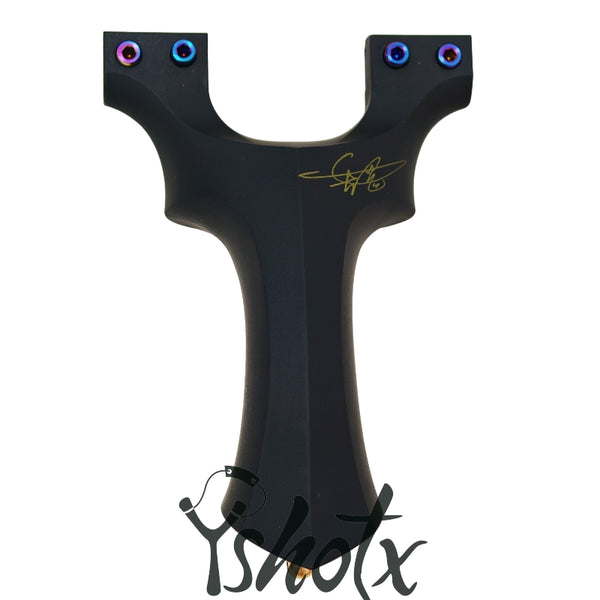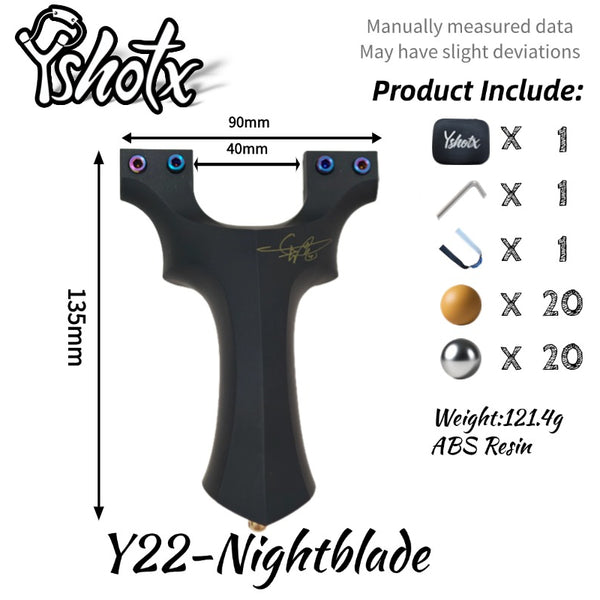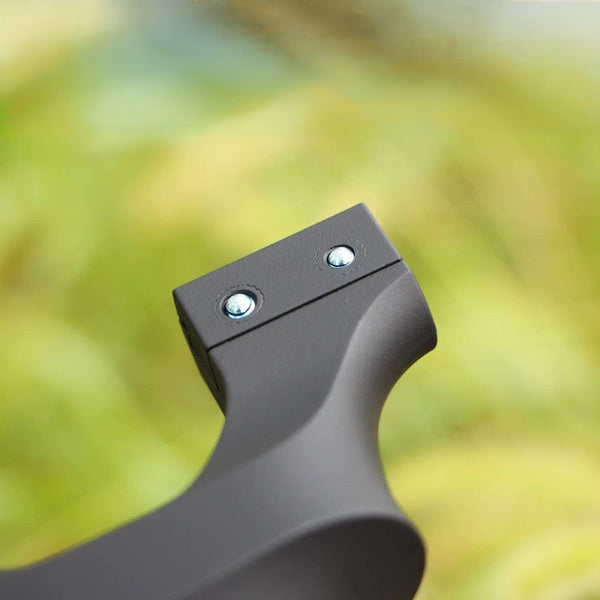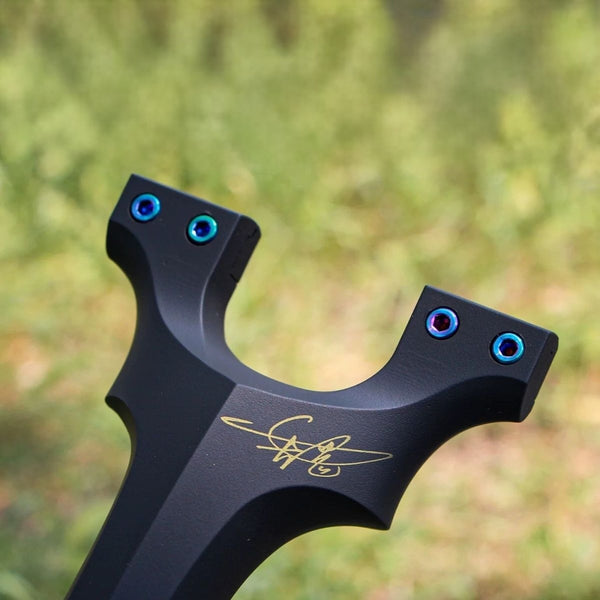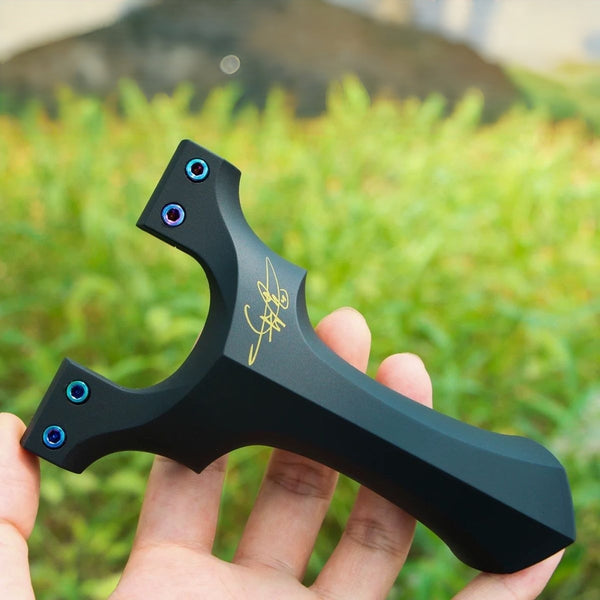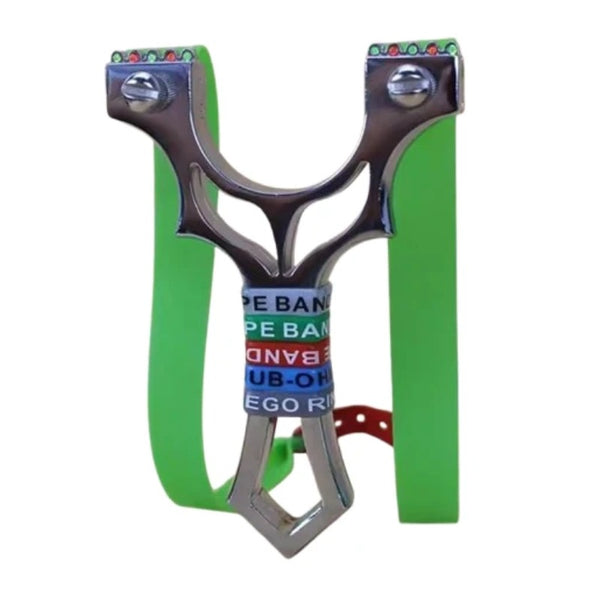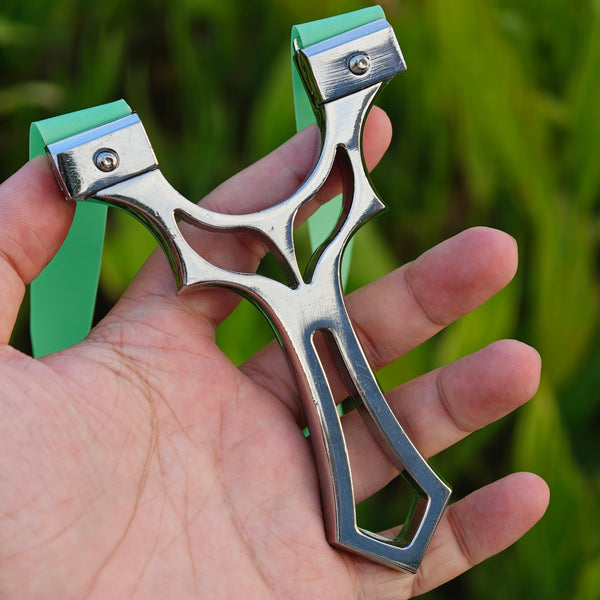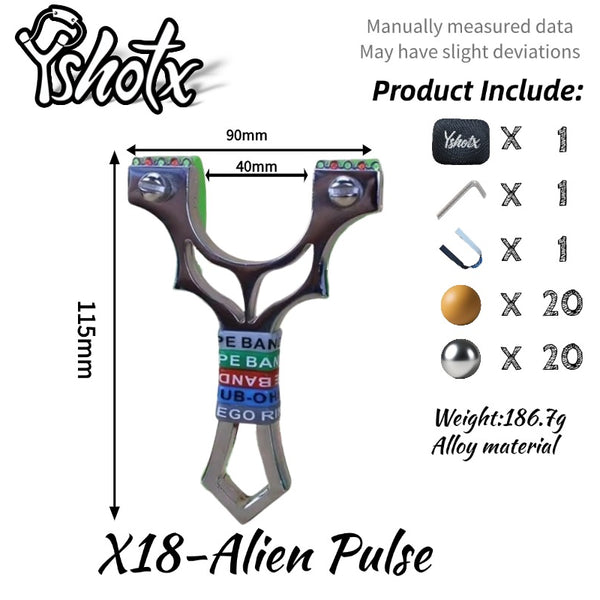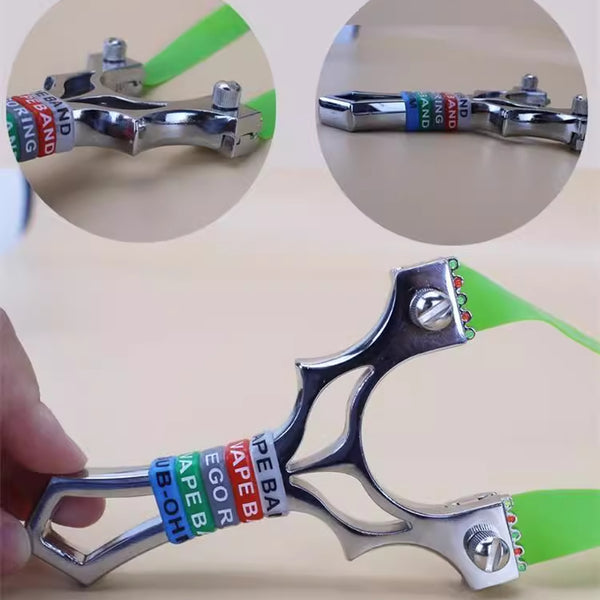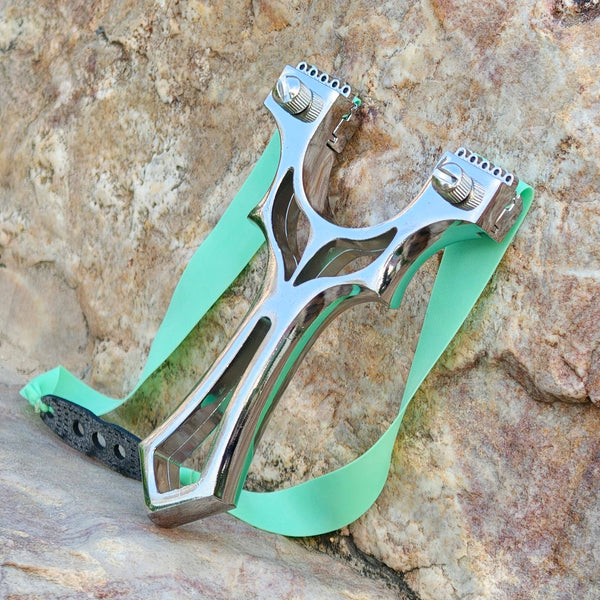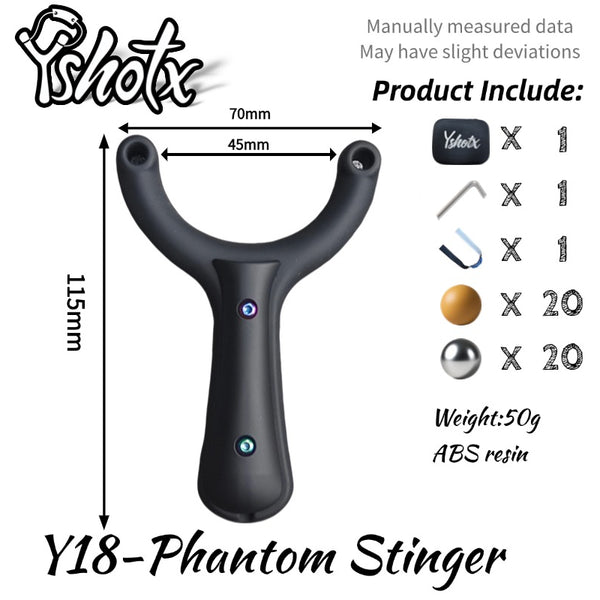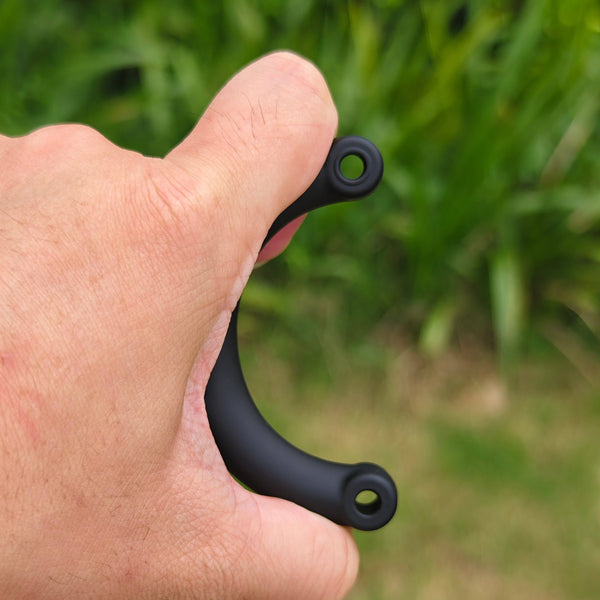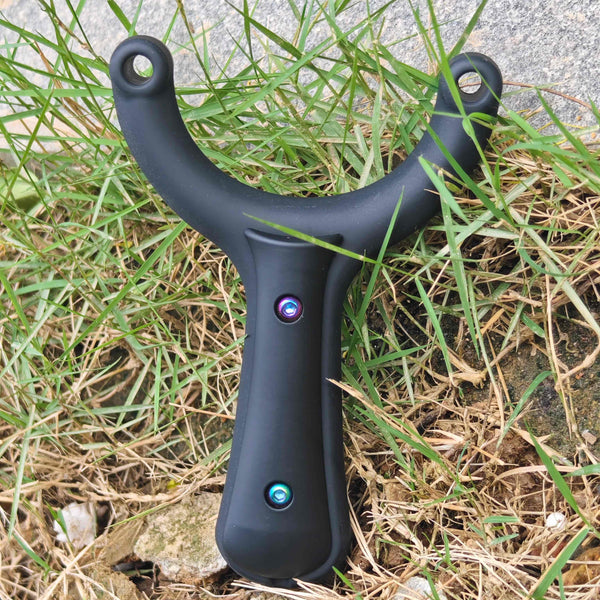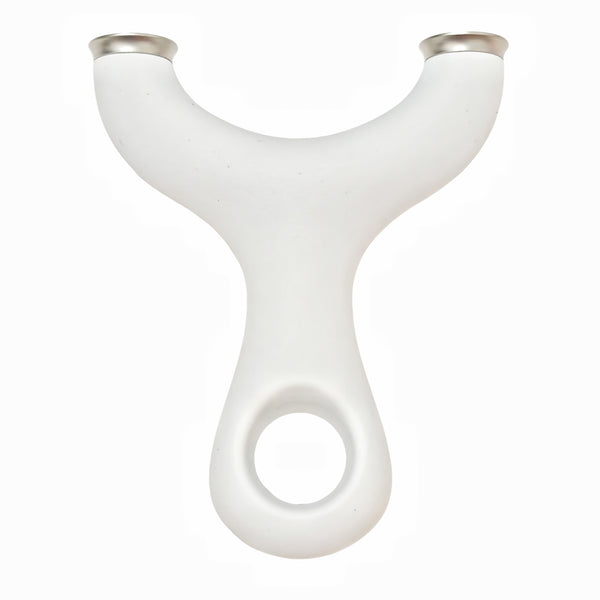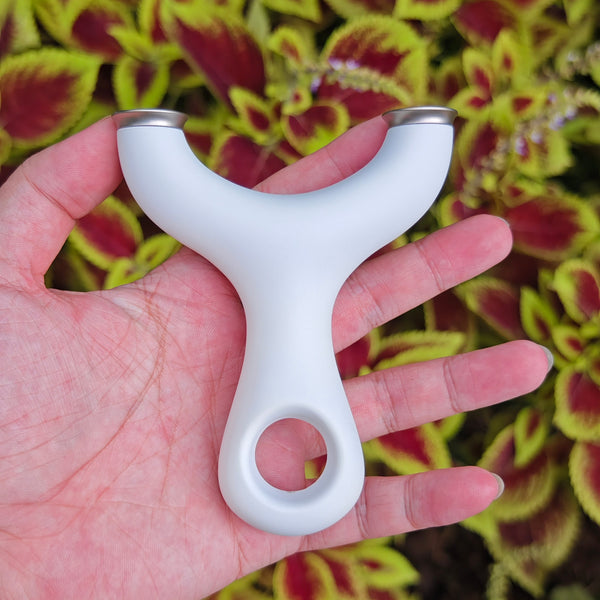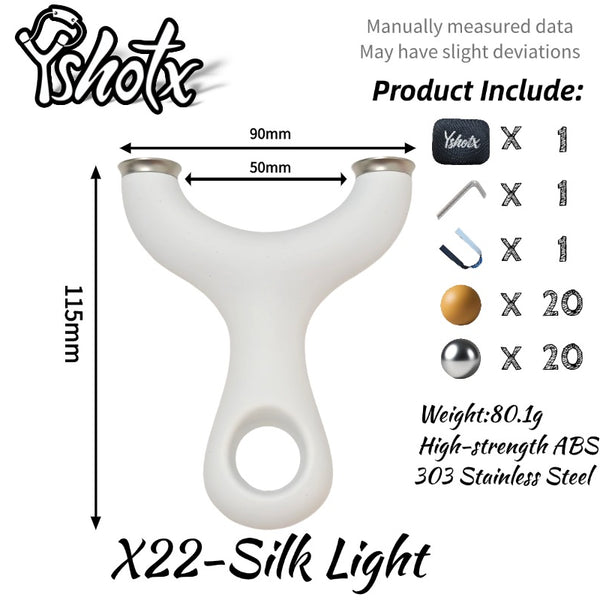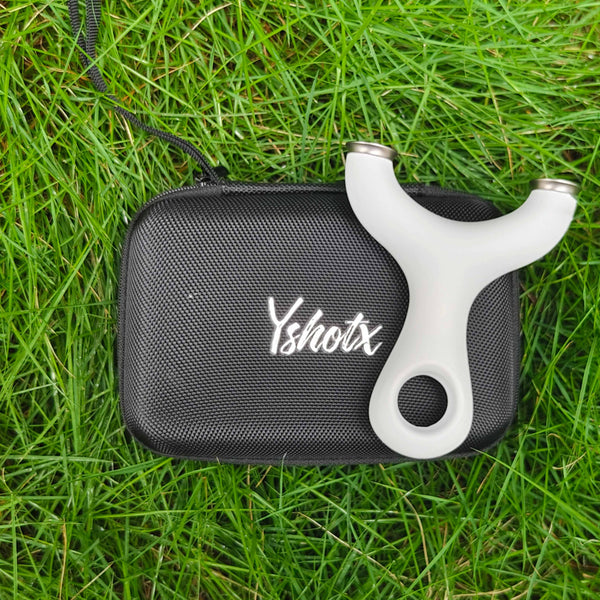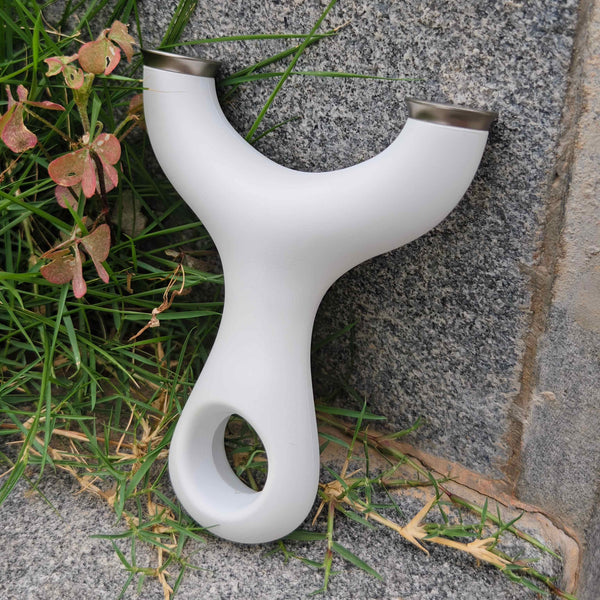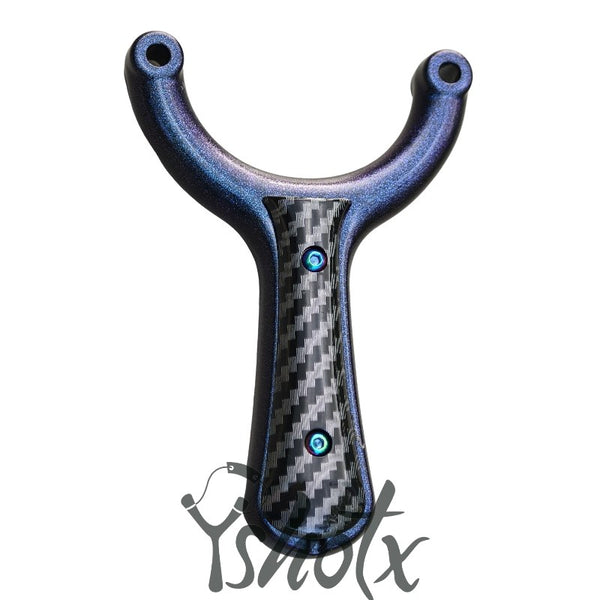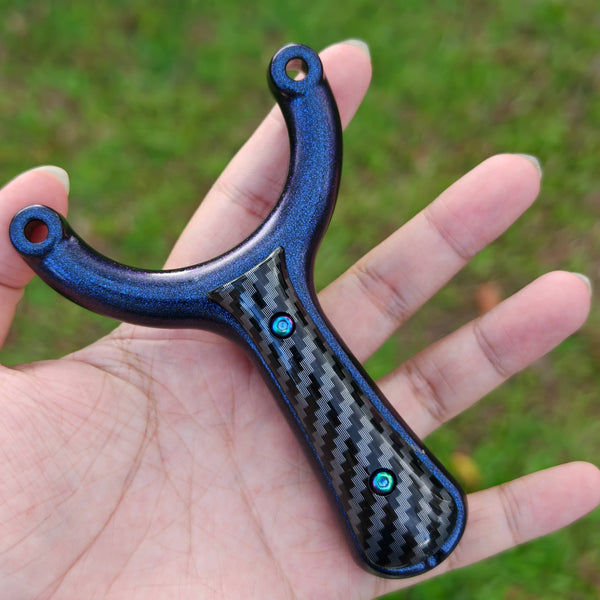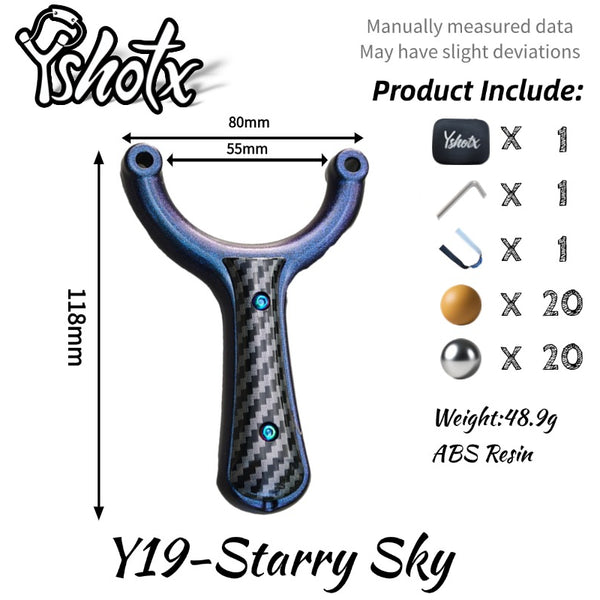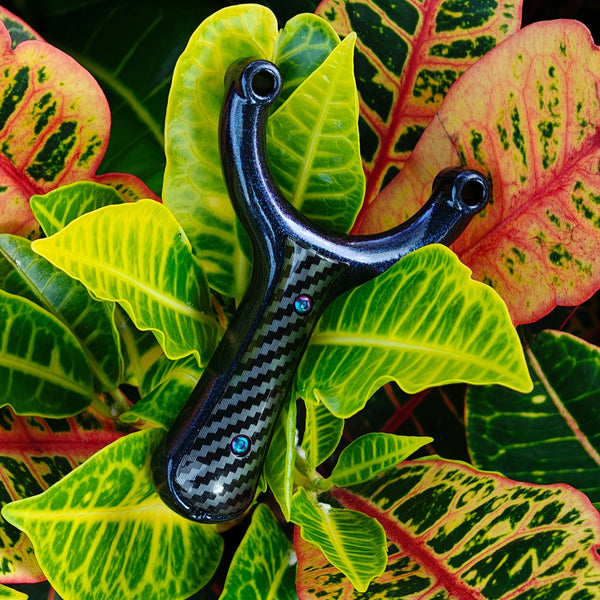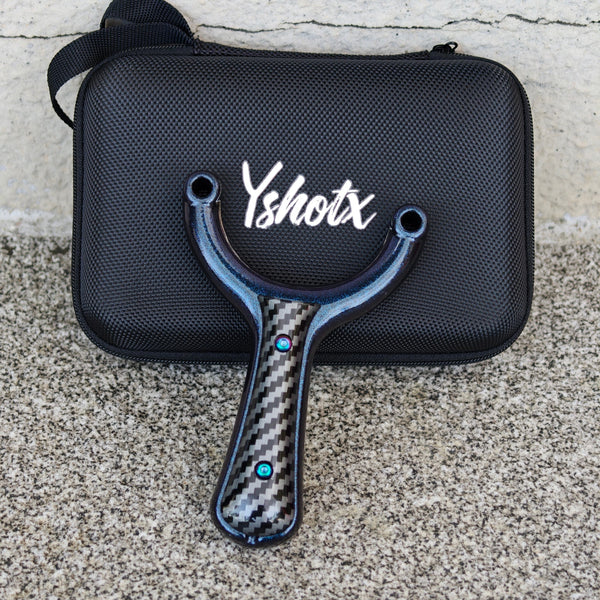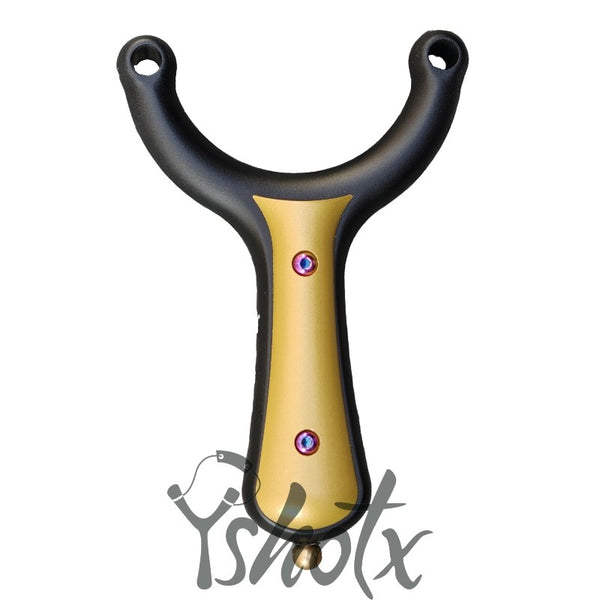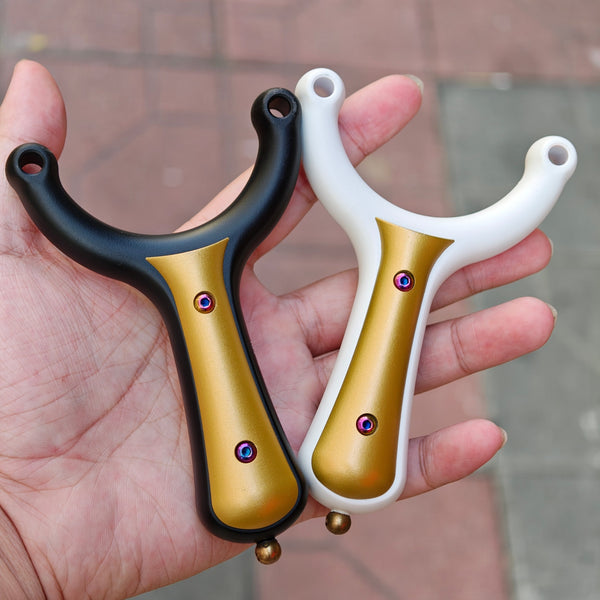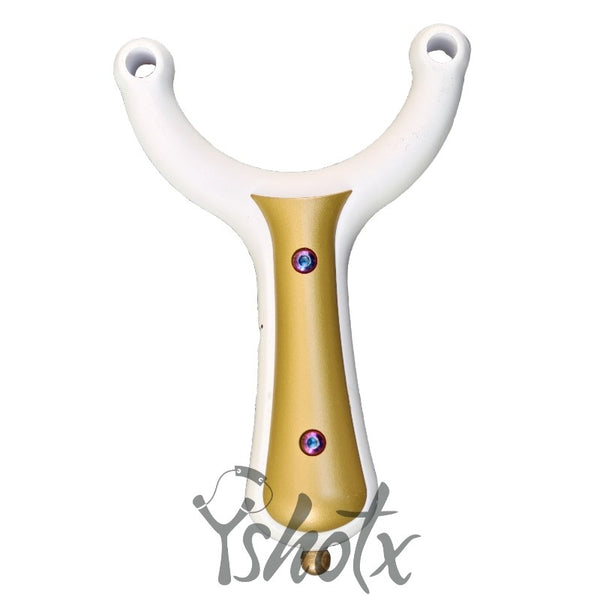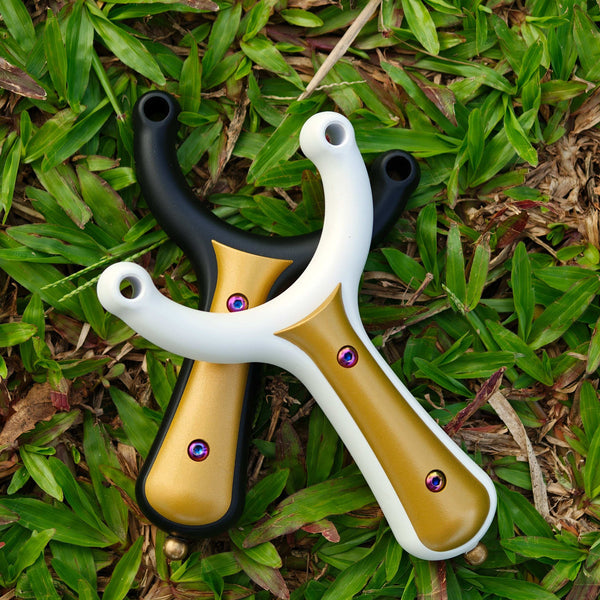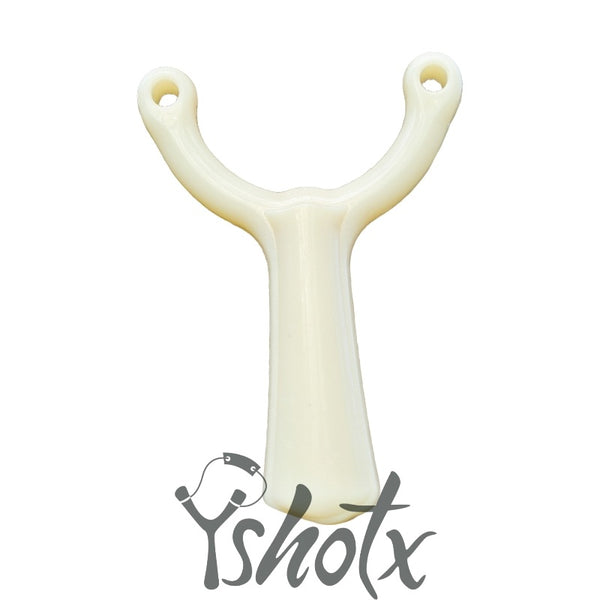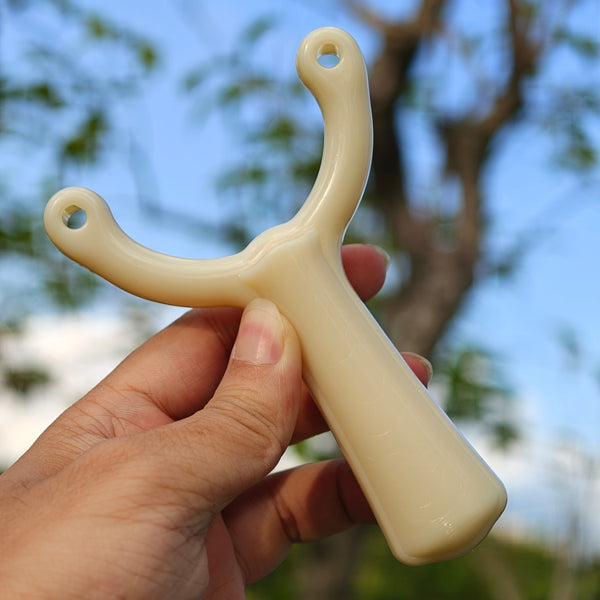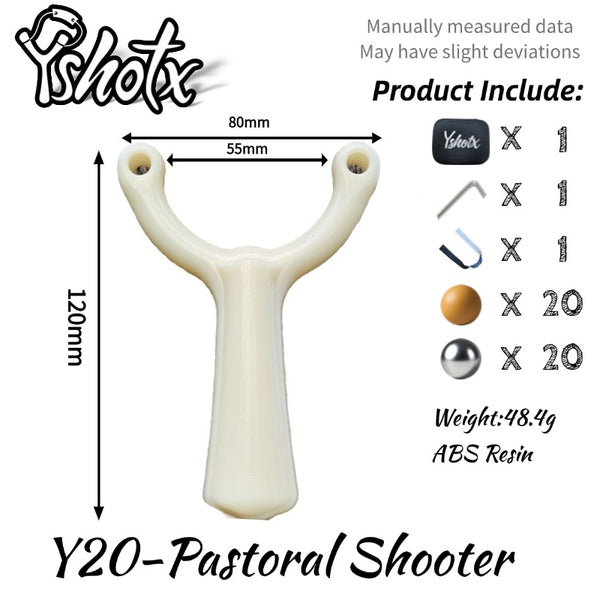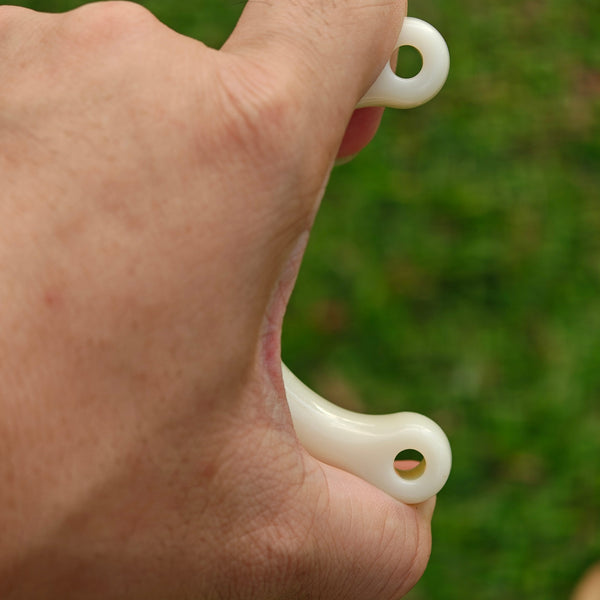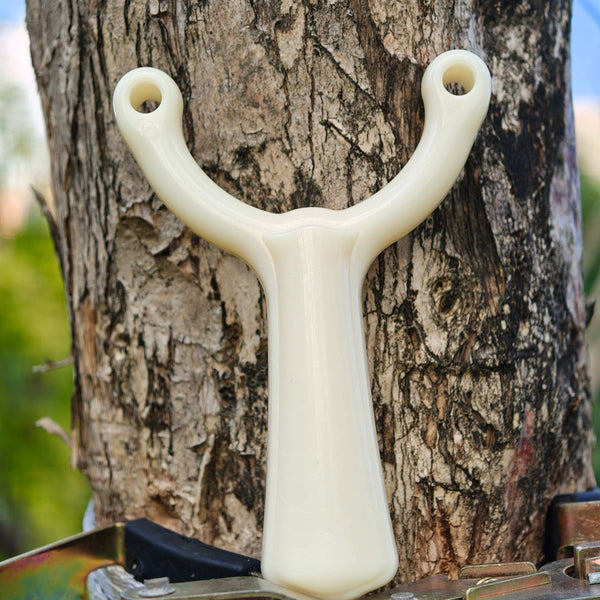1. Introduction 📝
Every serious shooter knows that the slingshot frame material shapes its durability, handling, and shooting feel. In this guide, we explore how stainless steel, titanium alloy, aluminum alloy, and composite materials affect your slingshot’s lifespan and performance. Whether you need a hunting slingshot, a precision slingshot, or a portable slingshot for beginners, this article will help you pick the ideal frame material. 💪
2. Material Comparison 🔑
|
Material |
Pros |
Cons |
|
Stainless Steel |
Very strong, resists rust and damage |
Heavy, less travelfriendly |
|
Titanium Alloy |
High strengthtoweight, resists rust |
Costly |
|
Aluminum Alloy |
Light, low cost, resists rust |
Less strong under heavy use |
|
Composite/G10 |
Great grip, low hand fatigue |
Not as strong as metal |
More quality slingshots 👉 Link
3. Durability Showdown
-
Stainless Steel Slingshot
Known for top‑tier strength and rust resistance. Ideal as a hunting slingshot in rough conditions. -
Titanium Alloy Slingshot
Combines light weight with high toughness. A solid pick for a premium titanium alloy slingshot that lasts. -
Aluminum Alloy Slingshot
Balances light weight and decent strength. Modern heat‑treated aluminum alloy slingshot frames stand up well. -
Composite/G10 Slingshot
Offers soft feel and low vibration but can’t match metal on sheer strength
4. Weight, Balance & Shooting Feel
-
Heavy Frames (stainless steel):
-
Cut recoil and improve stability for precision flat band slingshot setups.
-
Can tire your arm on long sessions.
-
-
Light Frames (titanium, aluminum):
-
Easier to carry as a compact slingshot for urban shooting or pocket slingshot.
-
May feel less steady at full draw.
-
-
Medium Frames (titanium alloy):
-
Hit the sweet spot for best pocket slingshot for accuracy and comfort.
-
More quality bands 👉 Link
5. Ergonomics & Grip Comfort
-
Metal Frames let makers carve neat, shaped handles that fit your hand. A well‑shaped precision slingshot handle cuts hand strain.
-
Composite Frames like G10 offer cushion and grip but can flex more under hard loads.
-
Look for models with rubber inlays or molded curves for the best slingshot shooting comfort.
6. Weather Resistance & Care
-
Stainless Steel & Titanium shrug off rain, sweat, and salt air—great for outdoor hunting slingshot use.
-
Aluminum Alloy may corrode in extreme salt or acid settings; wipe it dry after use.
-
Composite needs only a quick wipe-down but watch for cracking in harsh sun.
-
Tip: Store in a cool, dry spot and oil any moving parts.
7. Best Match by Use
-
Hunting Slingshot: Go with a stainless steel slingshot frame for top toughness.
-
Travel & Beginner Use: Pick a lightweight aluminum alloy slingshot for travel.
-
High‑End Shooting: Choose a premium titanium alloy slingshot for long life and low fatigue.
-
Backyard Practice: A composite slingshot for long sessions pairs well with flat bands.

8. Maintenance Tips
-
Clean After Use
Wipe metal frames and composite bodies with a soft cloth. -
Lubricate Joints
Add a drop of silicone oil to any moving parts each month. -
Check Bands & Points
Replace flat bands or tubes at the first hint of wear to protect your frame. -
Store Properly
Keep out of direct sun and moisture to extend life.
9. Conclusion
Choosing the right slingshot frame material means balancing weight, strength, cost, and shooting style. By knowing what stainless steel, titanium alloy, aluminum alloy, and composites offer, you can pick a slingshot that suits every need—from a portable slingshot for beginners to a slingshot hunting stainless steel frame or the best pocket slingshot for accuracy. The right material makes your slingshot a lasting, comfy, and precise tool.










